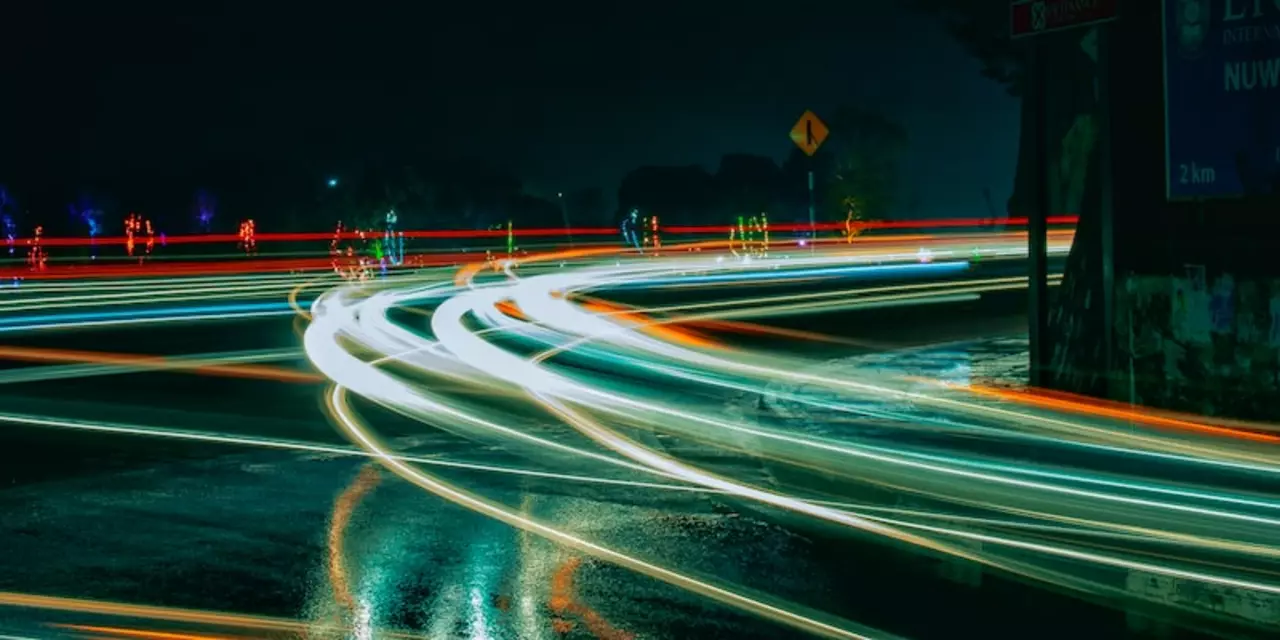Road Safety: How to Tackle Street Racing and Keep Our Streets Safe
Street racing pops up on city streets, highways, and even quiet suburbs. It looks exciting, but the reality is far from fun – it puts drivers, passengers, and pedestrians at serious risk. If you’ve ever heard the roar of a night‑time sprint or seen a crowd gather around a revving engine, you already know the scene. The big question is: how can we stop it before tragedy strikes?
What Makes Street Racing So Dangerous?
First, the speed. Racing on a public road means no safety barriers, no professional drivers, and no controlled environment. A car that can hit 120 mph on a track loses traction the moment it hits a pothole or a sharp turn on a city road. That loss of control can lead to a crash that injures everyone nearby.
Second, the crowd factor. Spectators often line up too close to the action, thinking they’re just watching a show. In reality, they become part of the danger zone. A sudden swerve can send a vehicle into a crowd, turning a reckless stunt into a deadly incident.
Third, the lack of safety gear. Professional racers wear helmets, harnesses, and fire‑resistant suits. Street racers rarely have that protection, so even a minor crash can cause severe injuries or death.
Practical Steps to Reduce Illegal Racing
Community policing makes a big difference. When local police set up checkpoints, patrol known racing hotspots, and enforce speed limits, drivers think twice before hitting the gas. Simple measures like flashing lights on speed‑trap cameras send a clear message: the road isn’t a race track.
Education works hand‑in‑hand with enforcement. Schools, youth clubs, and community centers can host talks that show the real cost of street racing – from broken limbs to legal trouble. When young drivers hear stories from former racers who turned their lives around, the allure fades.
Offering legal alternatives is a game‑changer. Many towns now host “track nights” where drivers can bring their tuned cars to a closed circuit. They get the thrill of speed without endangering the public, and the events often include safety briefings that reinforce good habits.
Finally, neighbors can help by reporting suspicious activity. A quick call to the non‑emergency police line when you see a group gathering for a race can trigger a timely response. Most communities have anonymous tip lines, so you can stay safe while protecting others.
Street racing isn’t just a teenage fad; it’s a public safety issue that needs a combined effort. By understanding why it’s dangerous, supporting stronger police actions, spreading the right information, and giving racers a safe outlet, we can turn the streets back into the places they’re meant to be – places where everyone gets to the destination safely.
How common is street racing in USA and other countries?
Street racing is a dangerous and illegal activity that has been practiced around the world for decades. In the USA, it is particularly widespread in certain regions, such as California, Florida, and Texas. In other countries, the phenomenon is particularly prominent in Japan, Australia, and the UK. Street racing is often associated with the modification and customization of vehicles, as well as with dangerous driving, which can lead to serious injuries or even death. The best way to combat it is through increased enforcement of the law and by educating people about the risks involved.
